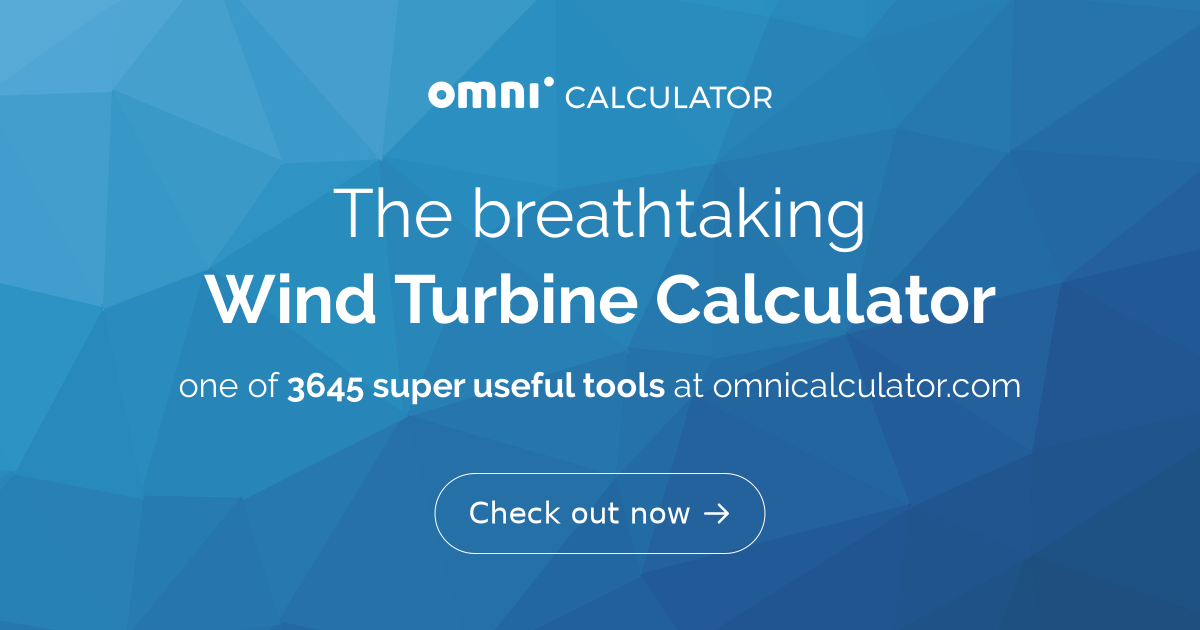All I am saying that I have no real world data that tells me that I know more/better than the scientific body has already established.
I am merely stating that with this omnicaluclator
The wind turbine calculator finds the power output, efficiency, RPM, torque, and revenue of a wind turbine (either HAVT or VAWT).

www.omnicalculator.com
which we here on this thread have know about for quite a while.
I see no options that I can dail to fine tune, or go crazy with as you quite frankly well put it with.
Honestly I just tried again a few minutes before your response.. I even went so far as to change the TSR to 1. Which would be applicable in a pure drag type scenario as far as I understood things.
This calculator is just not meant for this scenario is all I am alluding to. Maybe I am right maybe I am not.
If you know more on how to operate this calculator and get more meaningfull data out of it then I will be the first to bow down at your feat addmitting that I have missed something (yet again)
until such time I stand by what it is I really think is important for this thread.
Namely that we should all focus on how to get this turbine to actually spin for a year in an efficient manner so that we can all marvel at the annual results.
Yes please . PLEASE!!! i am open for input.!!
I must however also function as a filter of sorts for random in flying particles that might or might not be relevant.
Respect!




